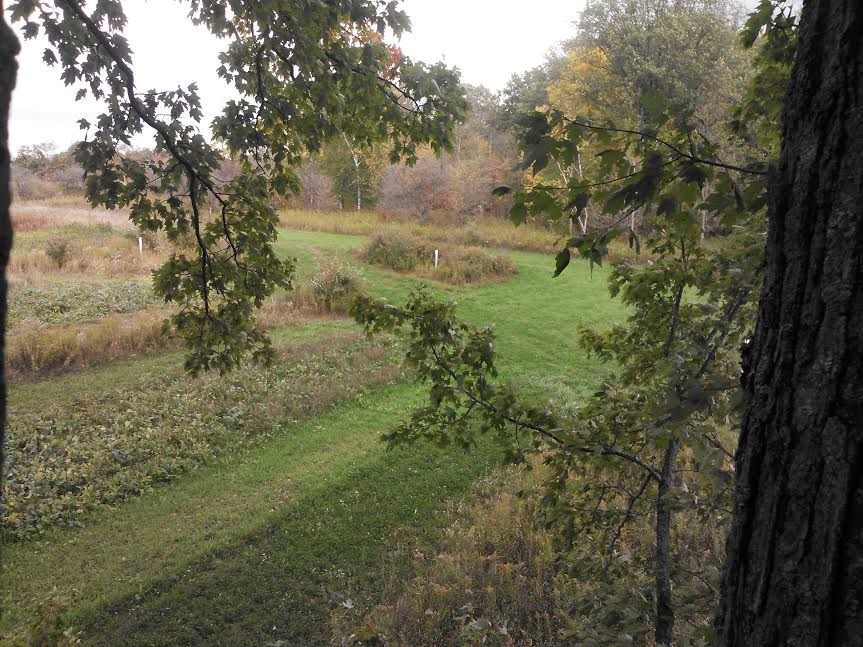There are lots of ways to do it depending on what you are trying to accomplish. For example, when I was planting soybeans and they canopied, I would plant a cover crop of PTT, Crimson Clover, and WR. I would simply surface broadcast these. They RR beans had plenty of bare ground under the canopy. So, I would surface broadcast the PTT just before the beans would begin to yellow. The seed would fall to the ground and germinate. Growth would be slow until the soybean leaves began to yellow and die letting sun in. Then I would broadcast the crimson clover. I'd generally wait until a couple weeks before our archery season the broadcast the Winter Rye. This would allow the turnips to get larger bulbs.
Here is how it worked for deer. Since my WR was planted late, it was small and succulent during most of the season making it the main attractant. The crimson clover would germinate but not do a lot. The turnips would take off, but deer generally ignore them in the fall when they have lots of other food. Once we get a hard frost or two, the turnips begin to push sugar into the leaves and they become more attractive to deer. The deer now primarily hit the turnip forage. As other food sources dry up going into winter, the turnip tubers become a good winter food source. If we have a bountiful mast crop, they are only used lightly, but if we have a poor mast crop they are hammered. Come the following spring, the WR and crimson clover take off. The WR is only attractive for a short period in the spring before
This is only one way to do it. Also keep in mind that different crops grow at different rates and have different peak periods even when planted at the same time. When I was strip planting, I would see deer ignore one crop and hammer another and a few weeks later do the reverse. So there is no problem planting a mix all together. You can fine tune things as in my example above, but you need to understand the characteristics of your crops. If I had planted the PTT too heavy and waited to long, it's canopy would have precluded the other crops from growing in that example.
Over time, I've abandon most strip planting for mixes. I find plants complement one another and there is always something in the field that is attractive. You just need to find the right balance in a mix so plants complement one another, grow well in your region and soils, and service deer. For attraction plots, it is only the attraction that matters. For those operation on sufficient scale doing feeding plots, the key is filling the gaps that nature leaves.
Thanks,
Jack

